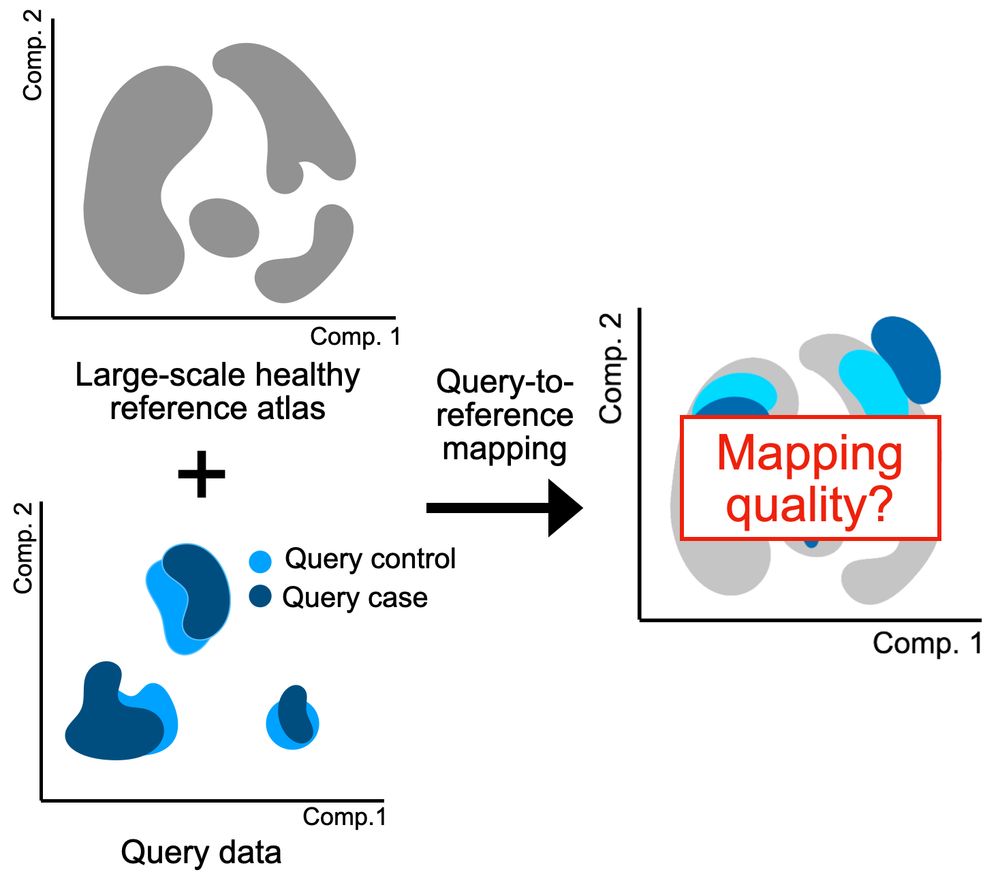Lisa Sikkema
@lisasikkema.bsky.social
99 followers
43 following
18 posts
PhD student in machine learning and comp bio at the Fabian Theis lab, Helmholtz Munich. Interests: single cell, ML, cancer, atlases, ML in the clinic, philosophy, and 💃
Posts
Media
Videos
Starter Packs
Lisa Sikkema
@lisasikkema.bsky.social
· Jun 10
Lisa Sikkema
@lisasikkema.bsky.social
· Jun 3
Lisa Sikkema
@lisasikkema.bsky.social
· Dec 13
Lisa Sikkema
@lisasikkema.bsky.social
· Dec 13
Lisa Sikkema
@lisasikkema.bsky.social
· Dec 13
Lisa Sikkema
@lisasikkema.bsky.social
· Dec 13
Lisa Sikkema
@lisasikkema.bsky.social
· Dec 13










